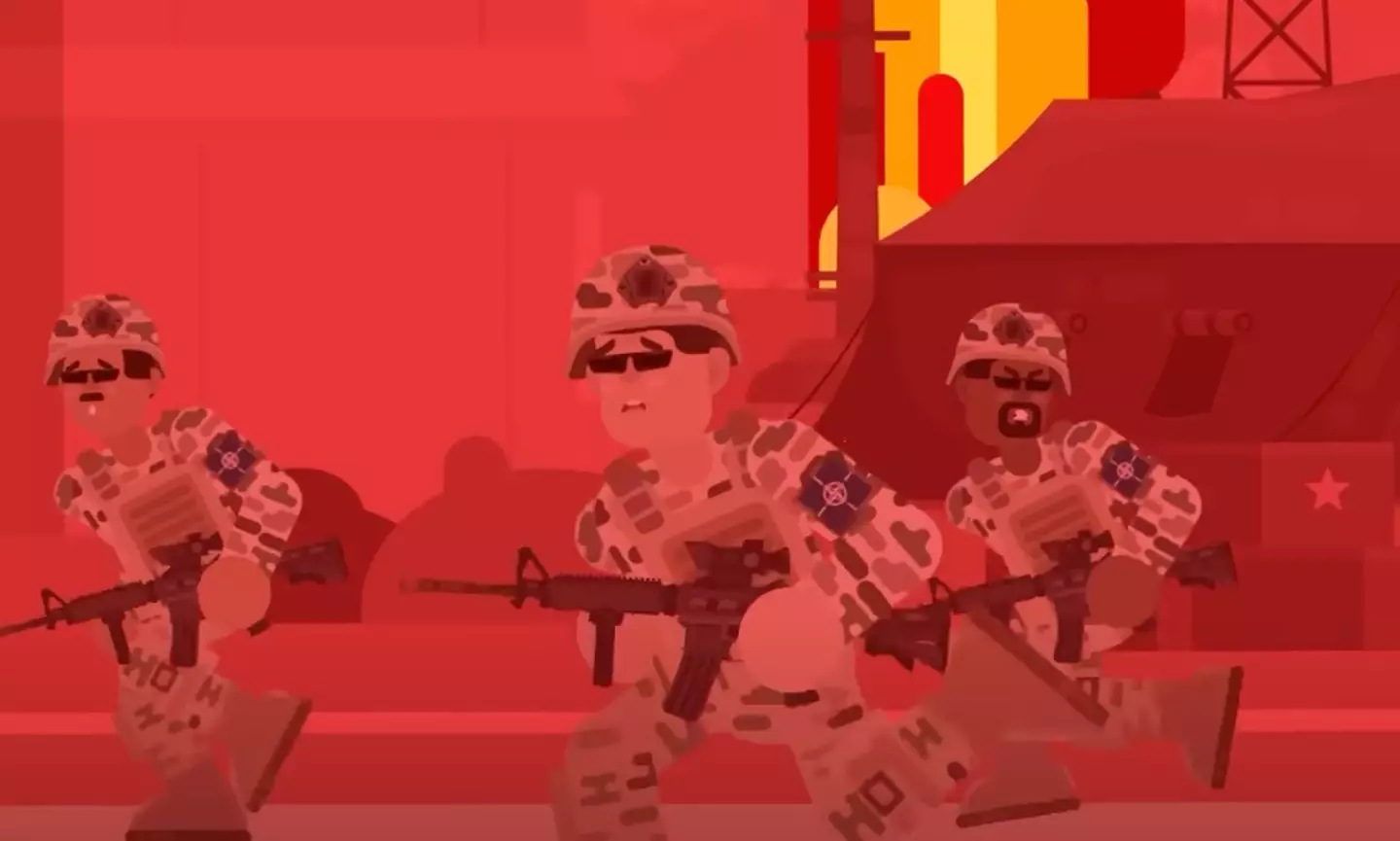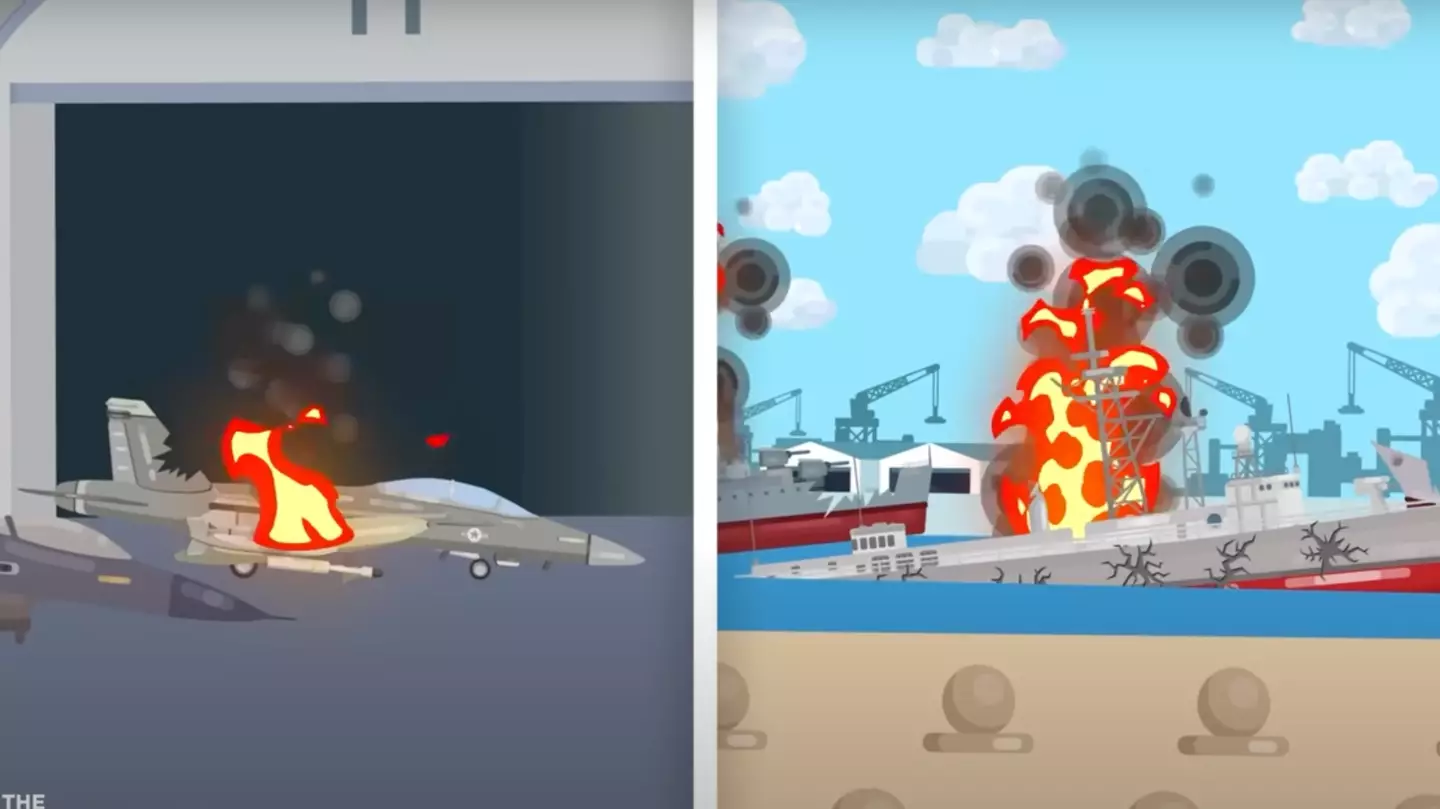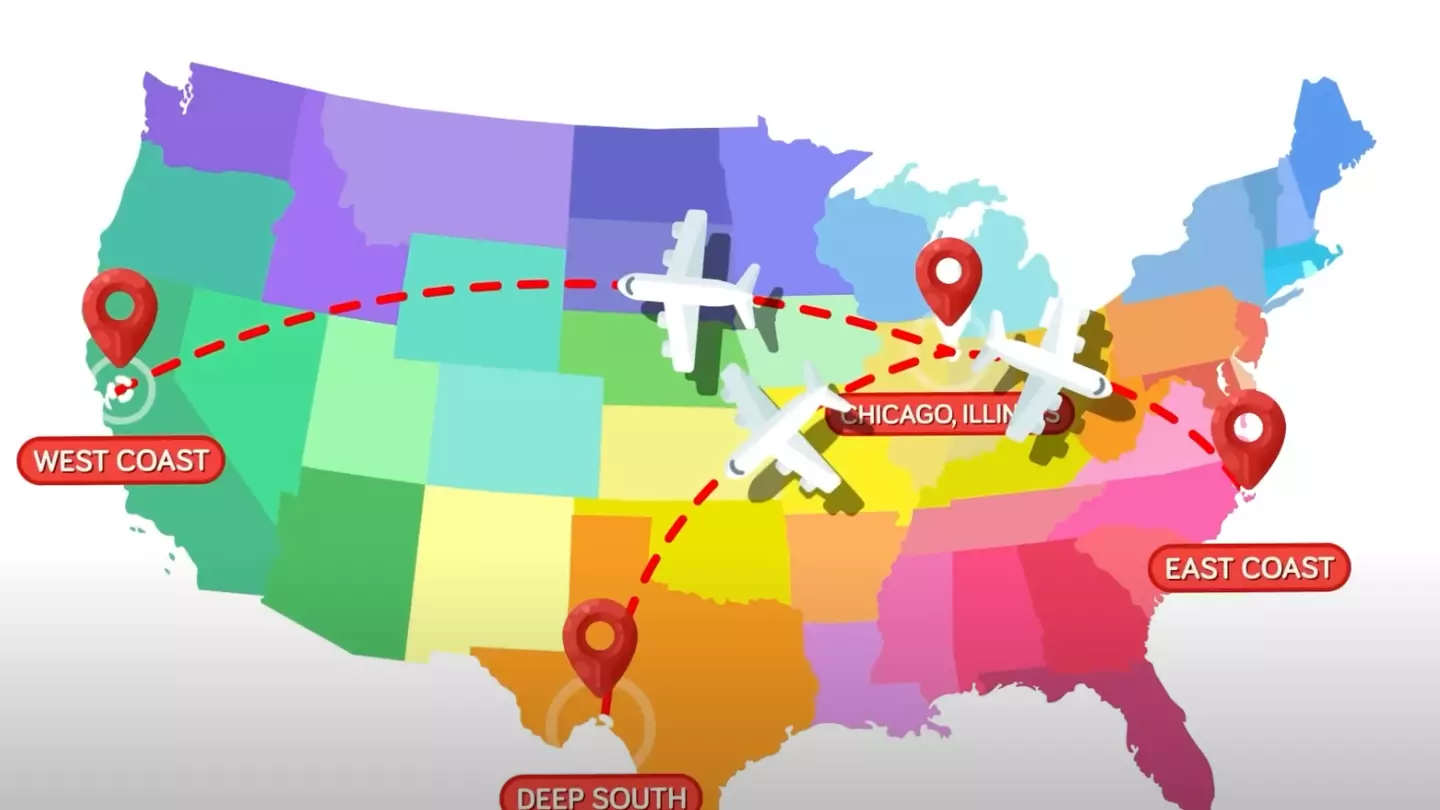Concerns over the United States facing a nuclear conflict may be more justified than commonly believed, as highlighted by a recent video. The apprehension surrounding a potential world war has persisted since the end of World War II, fueling ongoing anxiety. The most significant worry regarding a possible World War III is the expected deployment of nuclear weapons.
If you’re not already informed, the nuclear arsenal of countries like the US, China, and Russia is vastly more powerful than the bombs used during World War II. A new simulation video released by the Infographics Show on YouTube details the potential impacts within the first 20 minutes of a nuclear strike on the US, identifying numerous regions that could be severely affected.

The video categorizes potential targets into two types: counterforce and countervalue. Counterforce targeting aims to disable the opponent’s ability to retaliate, focusing less on civilian casualties. In contrast, countervalue targets are designed to diminish the adversary’s ability to recover or pose future threats.
Within the first 20 minutes, an enemy might focus on five critical regions across the US: the Pacific Coast, the Great Plains, the South, the Midwest, and the northeastern seaboard. This broad reach suggests that much of the US could be a target in an attack.
These regions are significant because they contain numerous counterforce and countervalue targets. Predicting the exact actions in the initial 20 minutes is challenging, but the simulation suggests that the Great Plains could be an initial target due to its numerous missile silos. Given the silos’ distribution—roughly 1.5 miles apart—each would require a separate nuclear missile to effectively neutralize the threat of a US counterstrike.
The Pacific Coast might be next due to its military, economic, and cultural significance. A strike here could cripple key ports such as the Los Angeles Port and Long Beach Port and target tech companies vital to technology and the economy.

The Midwest, while possessing fewer military targets, contains numerous countervalue targets due to its prominent cities and robust industrial presence. Chicago, in particular, holds financial and transportation significance.
The South, home to many military installations, is a prime target if the aim is to neutralize the country’s military capabilities. Additionally, disrupting critical infrastructure and refineries in this region could lead to a severe gasoline shortage, potentially collapsing the American economy.
The northeastern US, containing the federal government in Washington DC, presents a tempting target for destabilizing the nation. The Pentagon, as the hub of US military operations, would also be a strategic target. Furthermore, the largest US naval base in Norfolk, Virginia, is critical to preventing US retaliation.
An assault on New York City, one of the most iconic cities globally, could serve as a significant countervalue target, aiming to demoralize the American public and disrupt the nation’s resolve.

